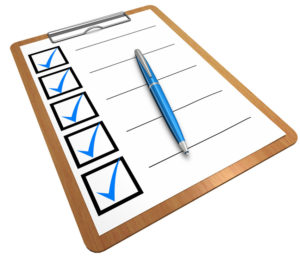
Ensuring you have a plan in place will have you well prepared for what may come over the summer period in Victoria. In previous years, there has been loss of stock and property which is absolutely devastating. To help prevent or minimise the loss, we encourage you to plan ahead and be prepared. Now is the time to start planning.
Will you stay or will you go?
Assess your property. This can help you make your plan.
You can minimise the risk by clearing excess fuels, materials and vegetation. This will allow a safer area for your horses if they stay, lesser chance of damage from fires and a clearer, safer pathway for you to pack & leave.
Horses can scare easily and flight responses may cause them to run through or near areas on fire, so clearing the paddocks giving them plenty of room will make it safer. Paddocks with a dam will also provide an area to cool down if things become too hot. You may even choose to leave gates open for access to cleared paddocks within your property. Never leave gates open for animals to escape onto roads.
On Code Red days, avoid keeping horses in a stable. Falling embers can potentially cause damage to stables and cause them to catch on fire. Horses may also become frightened if confined and cause damage to the stables and possibly themselves.
Keep external gates to paddocks closed to prevent any animals escaping onto roads. Heavy smoke can reduce visibility for drivers and having fearful animals on roads are extremely dangerous.
Don’t leave synthetic (nylon or plastic) equipment, including rugs, on your horse. These can melt and cause serious burns. Radiant heat can also cause metal buckles to become hot and cause burns to horses. Leather halters and cotton lead ropes, while generally not as strong as nylon, are safer than synthetic.
If you choose to evacuate or the risk could become too high to remain at the property, take into consideration for your plan:

- Which animals and how many you need to evacuate
- Identify evacuation routes from your property
- Research emergency accommodation options with facilities for animals
- Choose when you would need to leave your property with enough time to load & leave
- Discuss your plan with other members of the household, record it and practice it
- Check that all your animals details are up to date and current for microchip & PIC registration
Have these things prepared for evacuation:
- Check that you have a clear path from the paddocks, the stable and the exit points of your property.
- The float should be placed in an easily accessible area for loading and exiting the property. It is worth practising hitching up the float regularly so you are confident to complete the process in an emergency. Check the brakes & tyres regularly to ensure they are in good condition
- Prepare some equipment in an area with quick & easy access in an emergency
- 2 to 3 days of feed
- Water- enough for your animals to have a water supply that will last them a few days, even if you expect to be home that evening
- Halters
- Leads
- Rugs- rugs should not be left on during a fire danger period due to the risk of flying embers which can potentially cause burns if they land on the horse.
- A first aid kit
- Medications
- Relevant documentation
[ngg src=”galleries” ids=”32″ display=”basic_thumbnail” thumbnail_crop=”0″]Stay up to date with current emergencies by downloading emergency apps on your phone → www.cfa.vic.gov.au/plan-prepare/vicemergency-app/ or visit VicEmergency, a single all-emergencies website: www.emergency.vic.gov.au
Keep emergency contact numbers close by or record in your phone:
- VicEmergency Hotline: 1800 226 226
If you need help organising an emergency plan for your horses during the fire season, contact us to have a chat on (03) 54282805


